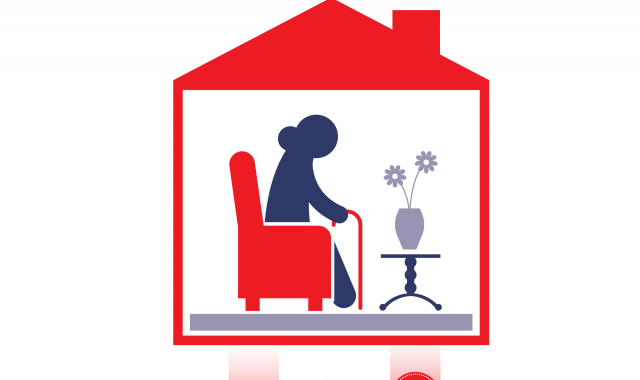The opaque financial structure of the major care home groups means that they are more vulnerable to collapse and enable hidden profits to leak out.
Read MoreSocial care has been subject to marketisation and privatisation for nearly 3 decades. CHPI’s work has focused on the impact of this on the quality of care for mainly older people and the lessons which can be learned for wider healthcare policy.
This report identifies where each pound that goes into the care home industry ends up by using a forensic study of the accounts of over 830 adult care home companies. If finds significant levels of leakage of money from front-line care, including to profit, rental bills and debt repayments.
Read MoreThis briefing note shows that only by injecting a substantial amount of public funds into the care system will social care become a service which enhances the lives and independence of our older people. Capping care costs would benefit a relatively small number of people and would have little impact on either the quality or the availability of care.
Read MoreSocial care requires a significant injection of public funds to move from being a residual public service to one which enhances the lives of older people. Until then, the crisis will continue to worsen.
Read MoreCHPI talks about a missed opportunity by the Government to tackle fraud in the Care Bill.
Read MoreCHPI talks about the shortcomings in the Care Bill’s approach to the risk of market failure
Read MoreThis report describes the role that privatisation has played in the decline of the provision and quality of adult social care. It outlines a number of reforms which could help reverse the decline in the sector.
Read MoreThis briefing outlines concerns around the Care Bill during its passage through Parliament.
Read MoreThis report looks at how the market in social care services in England provides the best available example for policy makers of what happens to the quality of care and the terms and conditions of the care workforce when competitive pressures are used to bring about a reduction in the cost of care to the taxpayer.
Read More




